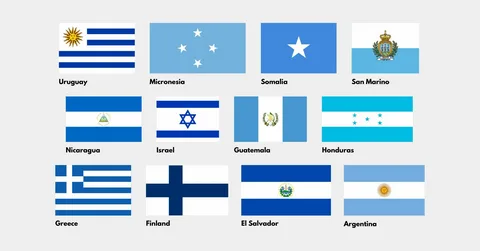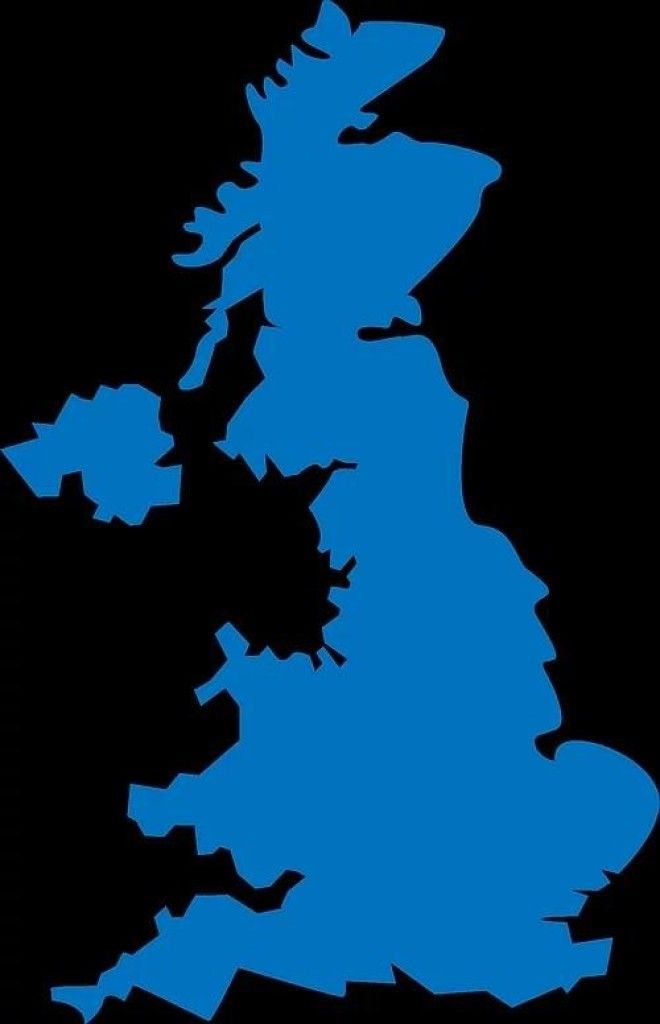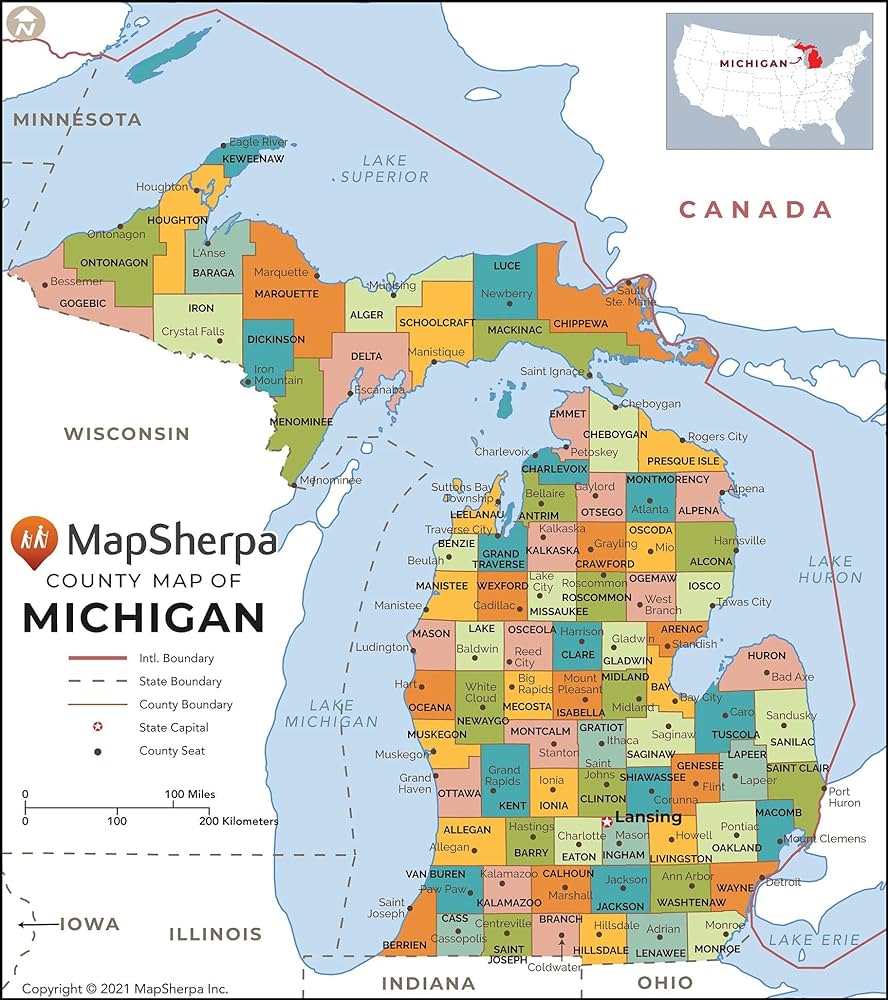Introduction
Flags serve as powerful symbols of identity, representing nations, ideologies, and aspirations. Blue and white, often used together or separately on flags, carry various symbolic meanings, from peace and tranquility to purity and patriotism. Let’s embark on a journey to discover the countries that have embraced these colors in their national flags.

Blue and White Flag Designs
Greece
- Description: The national flag of Greece consists of nine horizontal stripes of blue and white, with a white cross on a blue canton in the upper left corner.
- Symbolism: Blue represents the sky and the sea, while white symbolizes purity and independence.
- History: The flag’s design is based on the Greek War of Independence in the 19th century and was officially adopted in 1822.
Israel
- Description: The flag of Israel features a blue Star of David (Magen David) in the center, between two horizontal blue stripes, with a white background.
- Symbolism: Blue and white are traditional colors in Judaism, with blue representing the sky and white symbolizing purity and holiness.
- History: The flag was adopted in 1948 upon the establishment of the State of Israel, reflecting the country’s Jewish identity and heritage.
Finland
- Description: The Finnish flag, also known as the “Blue Cross Flag,” features a blue Nordic cross on a white background.
- Symbolism: Blue represents the country’s thousands of lakes and the sky, while white symbolizes snow and the country’s commitment to peace.
- History: The flag was officially adopted in 1918 when Finland gained independence from Russia, drawing inspiration from the Nordic countries’ flags.
Argentina
- Description: The national flag of Argentina consists of three horizontal stripes of light blue and white, with a golden sun with a human face, known as the Sun of May, in the center.
- Symbolism: Blue and white represent the clear skies and clouds, while the Sun of May symbolizes the Inca sun god Inti and the May Revolution.
- History: The flag was first raised during the May Revolution of 1810 and was officially adopted as the national flag in 1816.
Scotland
- Description: The flag of Scotland, also known as the “Saltire” or “St. Andrew’s Cross,” features a white diagonal cross on a blue field.
- Symbolism: The blue field represents the sky, while the white cross symbolizes the crucifixion of Saint Andrew, the patron saint of Scotland.
- History: The Saltire has been used as a symbol of Scotland since the 9th century and became the national flag in the 16th century.
Laos
- Description: The flag of Laos features three horizontal stripes of red, blue, and red, with a white circle in the center containing a stylized depiction of a rising sun.
- Symbolism: Blue symbolizes the unity of the country’s people and the Mekong River, while white represents purity and peace.
- History: The flag was adopted in 1945, with the current design introduced in 1975 following the establishment of the Lao People’s Democratic Republic.
Symbolism and Significance
Blue and white flags hold significant cultural, historical, and political meanings for the countries that fly them. The choice of these colors often reflects the nation’s geography, heritage, and values, as well as historical events and struggles for independence.
Conclusion
The flags of countries with blue and white designs encompass a rich tapestry of symbolism, history, and cultural significance. From representing the natural beauty of the sky and the sea to symbolizing ideals of peace, purity, and patriotism, these flags serve as powerful emblems of national identity and pride. As we’ve explored the stories behind these flags, we gain a deeper appreciation for the diverse narratives and aspirations of nations across the globe.
- Ecuador Maps & Facts - July 12, 2024
- Is England Part of Europe? - July 2, 2024
- Guatemala Maps & Facts - June 29, 2024




